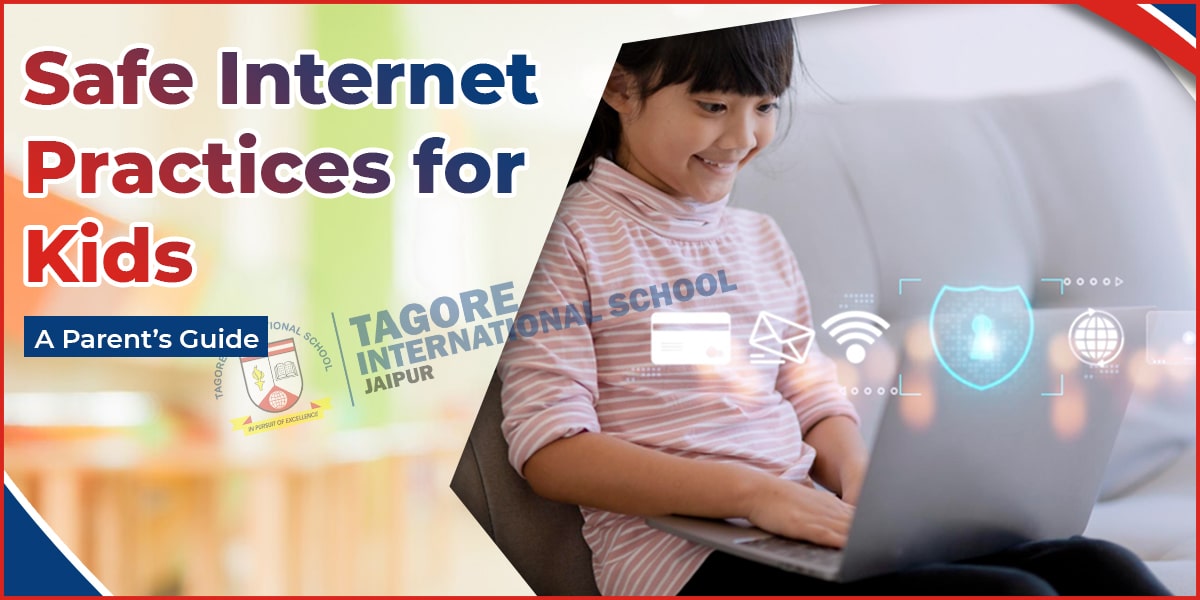Education is a dynamic field that has evolved significantly over the centuries. From traditional schooling to progressive education, this transformation has been driven by changing societal needs, educational philosophies, and advances in pedagogy. In this article, we’ll explore the journey of modern schooling and the shift from traditional to progressive education.
Traditional Schooling:
For much of human history, traditional schooling was the norm. It was characterized by:
- 1. Rote Learning: Students memorized facts and information without necessarily understanding the underlying concepts. Learning was often passive and focused on repetition.
- 2. Teacher-Centered Approach: The teacher was the primary source of knowledge, and students played a passive role in the learning process.
- 3. Uniformity: The curriculum, teaching methods, and assessment were standardized for all students, regardless of their individual needs or interests.
- 4. Authoritarianism: Discipline was maintained through strict rules and punishments.
The Shift to Progressive Education:
The late 19th and early 20th centuries marked a significant shift towards progressive education. Visionaries like John Dewey, Maria Montessori, and Rudolf Steiner challenged the traditional model and advocated for a more student-centered approach. Key features of progressive education include:
- 1. Experiential Learning: Progressive education emphasizes learning by doing. Students engage in hands-on activities, experiments, and projects to gain practical knowledge and critical thinking skills.
- 2. Child-Centered Learning: The focus is on the individual needs, interests, and pace of each student. Teachers act as facilitators, guiding students in their exploration of topics.
- 3. Holistic Development: Progressive education values the development of the whole child, including their social, emotional, and physical well-being, in addition to academic growth.
- 4. Adaptability: Curriculum and teaching methods are flexible and adapted to suit the needs of the students. There is room for creativity and innovation in the classroom.
- 5. Collaboration and Critical Thinking: Students are encouraged to work collaboratively, solve real-world problems, and think critically, rather than simply memorizing facts.
The Modern Landscape:
- Today’s education system incorporates elements of both traditional and progressive education. Many schools recognize the importance of maintaining a strong academic foundation while also nurturing creativity, critical thinking, and adaptability. Technology has further transformed education, offering new tools and resources for both teachers and students.
In conclusion, the evolution of modern schooling from traditional to progressive education reflects our evolving understanding of how students learn best. While traditional schooling had its merits, progressive education recognizes the importance of individualized learning, critical thinking, and holistic development. The modern education system seeks to strike a balance between these approaches, preparing students to thrive in an ever-changing world.




